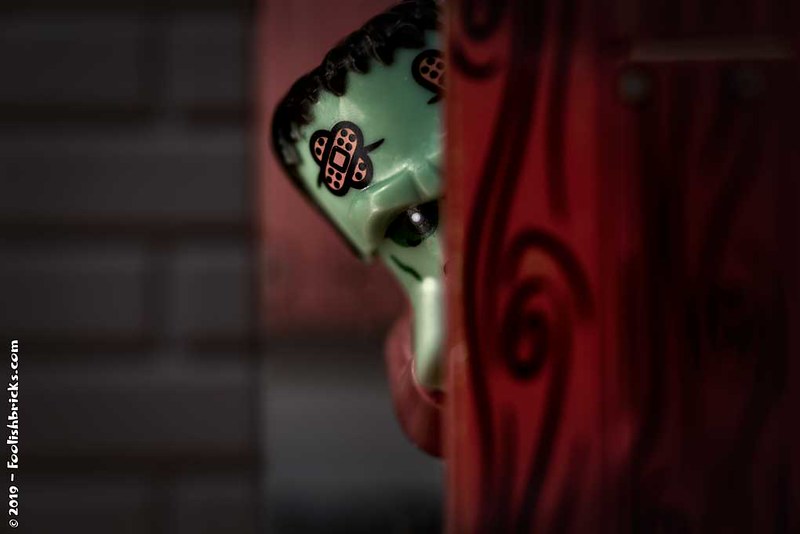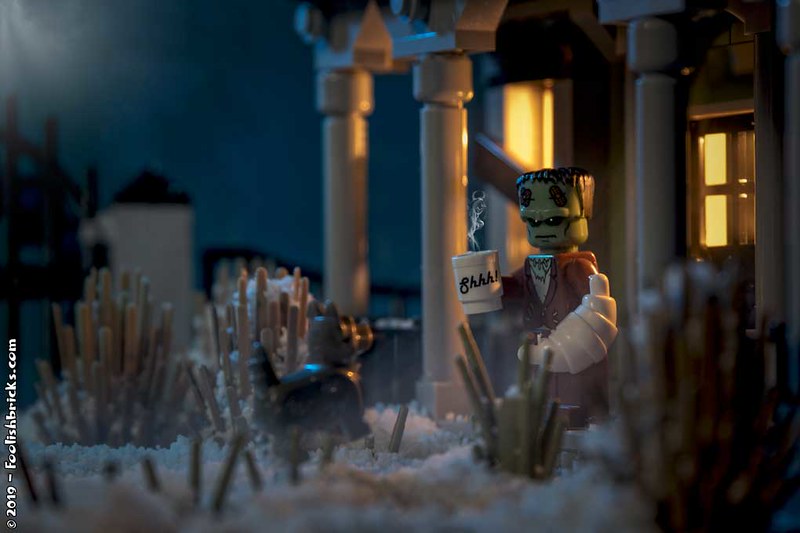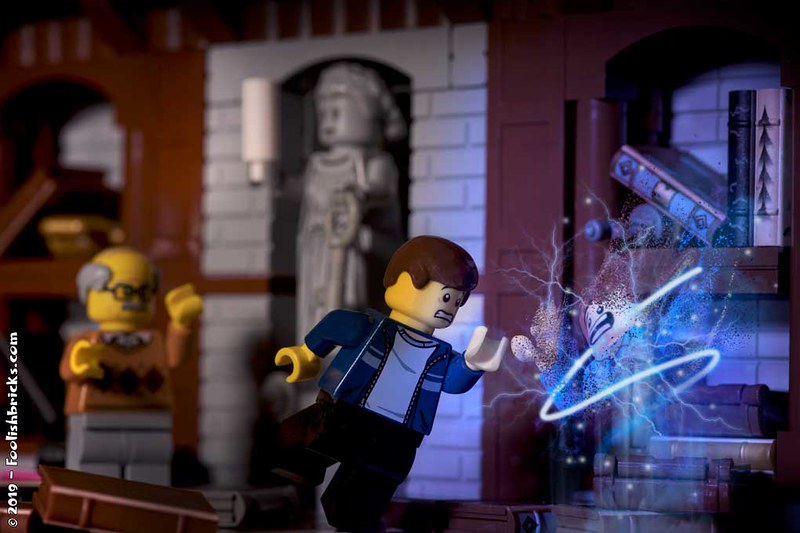These will be the second –and last- set of tips on storytelling through (Lego-)photography. These expert tips can bring your stories to another level. If you’d like to take a look at the first set of tips, you can find them here.
Know the effect of color(-temperature)
Colors convey emotion and have the ability to convey all kinds of information. So, using the appropriate colors and temperature is important for creating your story.
Warm colors (like red, orange and yellow) are exciting and can convey danger, passion, happiness and adventure, whilst cold colors mostly convey quiet, rest, contemplation, and sadness. All colors in between have their own characteristics and possible meanings.
Furthermore, it doesn’t always have to be about light-color. Giving a certain object a specific color can also be meaningful. For example; each time something red was shown in the movie: ‘the sixth sense’, a spirit/ ghost was near. Lastly, combining colors and lighting setup can be even more powerful; imagine a person sitting in a dark cold interior, with warm light coming in through the boarded-up windows; this image talks about someone battling their own dark thoughts whilst happiness tries to reach this person… and fails.
A simple example is the post-image. The dark cold outside versus the warm and welcome interior, this person is feeling good! It’s not the build that’s speaking; it’s the color of the light. If the scene was identical and the inside and outside lighting was swapped so the outside light would’ve been warm and the interior blueish and dark, the story would be different.
Framing is key!
Filling the frame only following compositional rules is not enough if you want your photo to tell a story. It is really important to focus. As I wrote before details can be important and contrasting elements increase the potential for storytelling. Yet, if you choose to add elements it must be possible for them to come together in the minds of the viewers. If the viewers can’t figure it out, they get confused and a story gets lost. That’s when you know you overdid it with adding details.
Remember that what you leave out from your picture is as important as what you include! Completely unrelated information in your photos will only disrupt the stories in the image. In the end; always ask yourself if each element in the photo helps tell the story.
My example shows that sometimes you don’t even need any elements at all. I used framing, lighting, focus, depth of field and a close-up and to try and tell a story. Adding any other element to this photo would’ve diluted the meaning of the image as a whole.
Get to know your subject!
Sometimes a photo is created featuring a subject that needs more than one image to tell a story OR a subject that has a lot more than one story to tell (and again; the subject can be anything, not only a minifigure). If this is the case, you might consider creating a series of photos avoiding trying to put too much in a single image.
By creating a series of photos; a whole new world might open up. This time I don’t mean comics (I will talk about Lego comics some other time!). I’m talking about showing different perspectives on a single subject, thus creating a whole new, deeper level of storytelling.
I believe the image I used as an example is a nice image in itself, showing Frankensteins’ monster enjoying some quiet time with his dog in the garden of his cozy home. However, the story it tells differs and might get to another level if you know who this monster actually is in the world I created for myself. The few of you that know my work, also know this is Dwaas a lonely monster living with his ghostly friend Kemi. They also know he loves molded croissants and brings up the mystery of who this dog might be.
Be original!
Nothing kills a story more than seeing an image that essentially has been created a thousand times before. Viewers are exposed to many photographic stories each and every day, and the photos that stick are the ones that do NOT follow the obvious path.
You might have heard about the Pixar rules on storytelling. One of these rules is especially appropriate in this context: “Discount the first thing that comes to mind… and the 2nd, 3rd, 4th and 5th, surprise yourself!”
This tip might seem very obvious, but you might be surprised by the amount of relatively similar (Lego)photos out there. These more-of-the-same-images generally fail to surprise and engage the audience. Their story has been told too many times before and no one will remember another photo that looks like the one before.
As an example, I chose a picture related to my comic (remember last week’s tip?). Yet, it can also stand on its own. Being critical, it could do without the older guy in the back (thinking about tip 2; framing is key). Yet, I dare to believe it can create all kinds of original (and elaborate) stories in the minds of the viewers.



